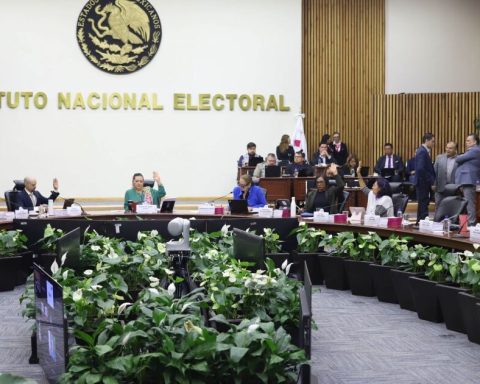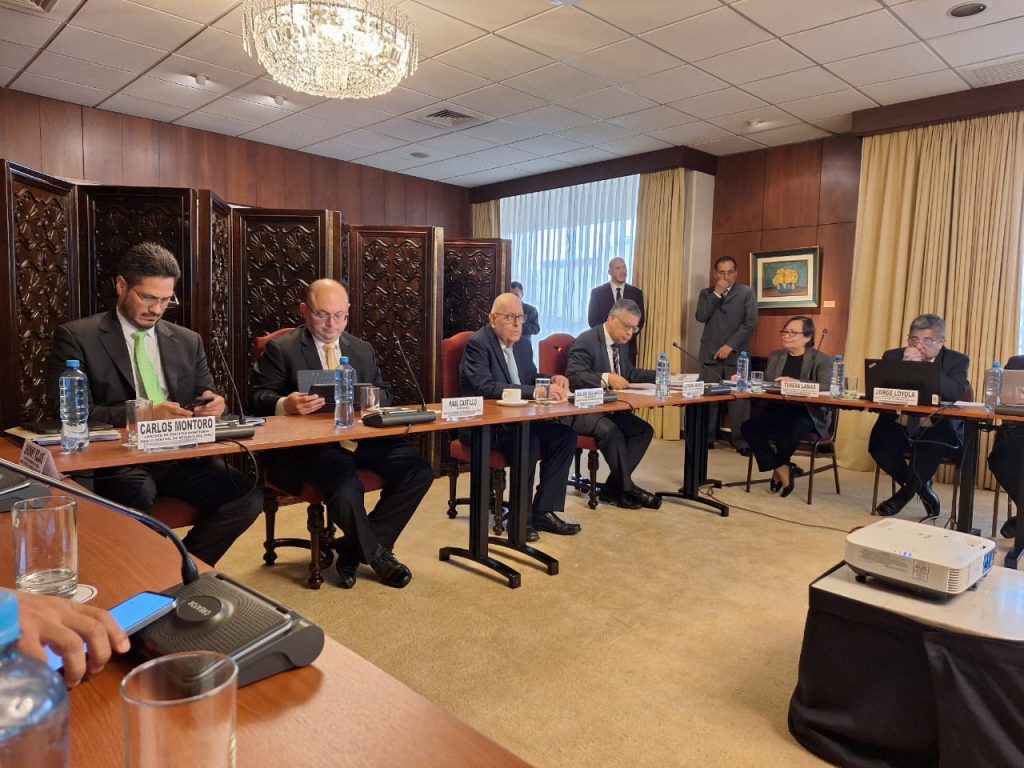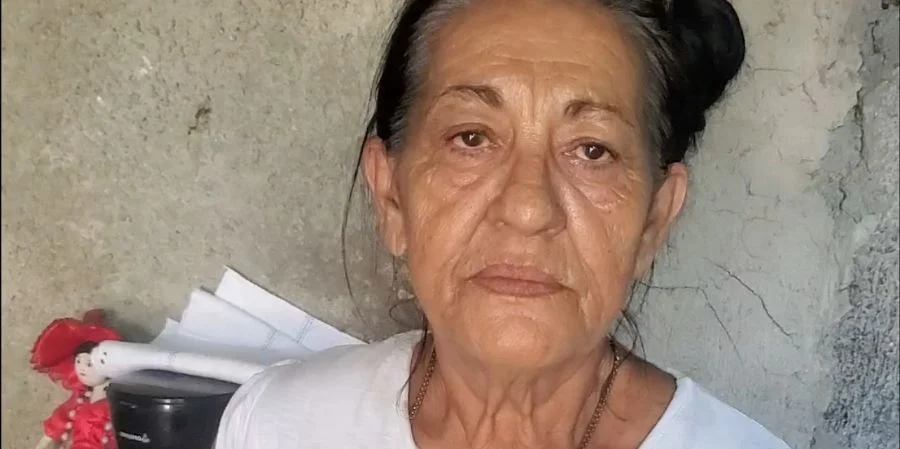C
Every September 26th, World Day for the Prevention of Teenage Pregnancy is commemorated. On this occasion, Mexico made significant progress.
The adolescent fertility rate had been stagnant since the 1990s, and the trend was barely broken: the national rate fell by 30 percent in the last seven years, reaching 50 births per thousand adolescents; it fell in all entities, although Guerrero and Chiapas still have very high rates, of 82 and 79 per thousand (Inegi, Enadid, 2023); it is projected that it will continue to decline in the coming decades, as the National Strategy for the Prevention of Adolescent Pregnancy (Enapea) continues, which has proven its effectiveness.
The strategy is coordinated by the General Secretariat of Conapo and the National Institute for Women (Inmujeres), which has allocated 398 million pesos to Enapea, with work at the three levels of government, international cooperation agencies, academia and organized civil society organizations; it links more than 30 federal institutions, six academic institutions and nine civil organizations; the actions are carried out on the ground through the inter-institutional work of 32 state groups for the prevention of teenage pregnancies (Gepea).
Multiple actions were implemented. Teenage pregnancy was recognized as a phenomenon of public interest and multifactorial. For the first time, sexual education and gender perspective were recognized as constitutional rights. Since May 2019, the Political Constitution of the United Mexican States says, literally, in its third article: “The study plans and programs will have a gender perspective and a comprehensive orientation, which is why it will be included […] sexual and reproductive education”. In accordance with the current legal framework, the New Mexican School proposes a new educational paradigm that seeks a cultural transformation towards good treatment and social peace. Contents were strengthened in the Study Plan for preschool, primary and secondary education, as well as in free textbooks, with key concepts that include sexual and reproductive values and rights, gender perspective and prevention of gender violence, health and well-being, the human body, sexual and reproductive health. At the end of the pandemic, the Ministry of Public Education launched the online course on comprehensive sexuality education (CSE) for educational communities, 10 generations have already passed, covering 19,479 participants, of which 87 percent are teaching staff and 17.7 percent, public servants. The campaigns on television, radio and community promotion focus on strengthening male co-responsibility and the autonomy of girls and adolescents in urban and indigenous environments, with the slogans: I decide my future!
, I decide my life plan and that of my community!
and I demand respect!
Health sector services have grown. There is a network of 3,313 Adolescent Friendly Services in operation (an increase of 27 percent in six years), in addition to 31 Edusex Itinerant Friendly Services that circulate in strategic geographic areas due to their condition of isolation and high fertility rates; there is a network made up of 16,144 volunteer youth promoters who promote sexual and reproductive rights and services. For the first time, 125 State Safe Abortion Services were installed in medical units that address all causes for terminating pregnancy. There are also Adolescent Health Care Centers (CASA), located in 3,622 medical units and 81 hospitals, which have treated 418,377 adolescents in pregnancy prevention. The IMSS has 1,535 Family Medicine Units, 253 family planning clinics and 7,799 family medicine clinics that have favored the accessibility of sexual and reproductive health services to adolescents and adults. The launch of IMSS-Bienestar is another opportunity to expand these services.
Another advance in these years was the 10 percent drop in the forced fertility rate among child mothers, those under 15 years of age. During these years, the NAME Route was designed, which offers comprehensive services to child mothers. Behind this scourge are arranged marriages and sexual violence, which often occur within families, age-old patterns that prevail mainly in isolated communities with extreme poverty.
The high rates of adolescent fertility reflect the fact that Mexican women marry at a very early age; 18.4 percent begin a married life before the age of 18, with large regional differences: in Guerrero and Chiapas, 30 percent marry as minors; in Mexico City, Aguascalientes, and Jalisco, 7.3, 12.1, and 13.7 percent do so as minors, respectively.
The decline in the fertility rates of girls and adolescents has been accompanied by a reduction in school dropouts, most likely related to the volume of student grants available to students today. There is no doubt that the key to progress has been inter-institutional work, both at the federal level and in the entities and localities.
* Secretary General of Conapo














